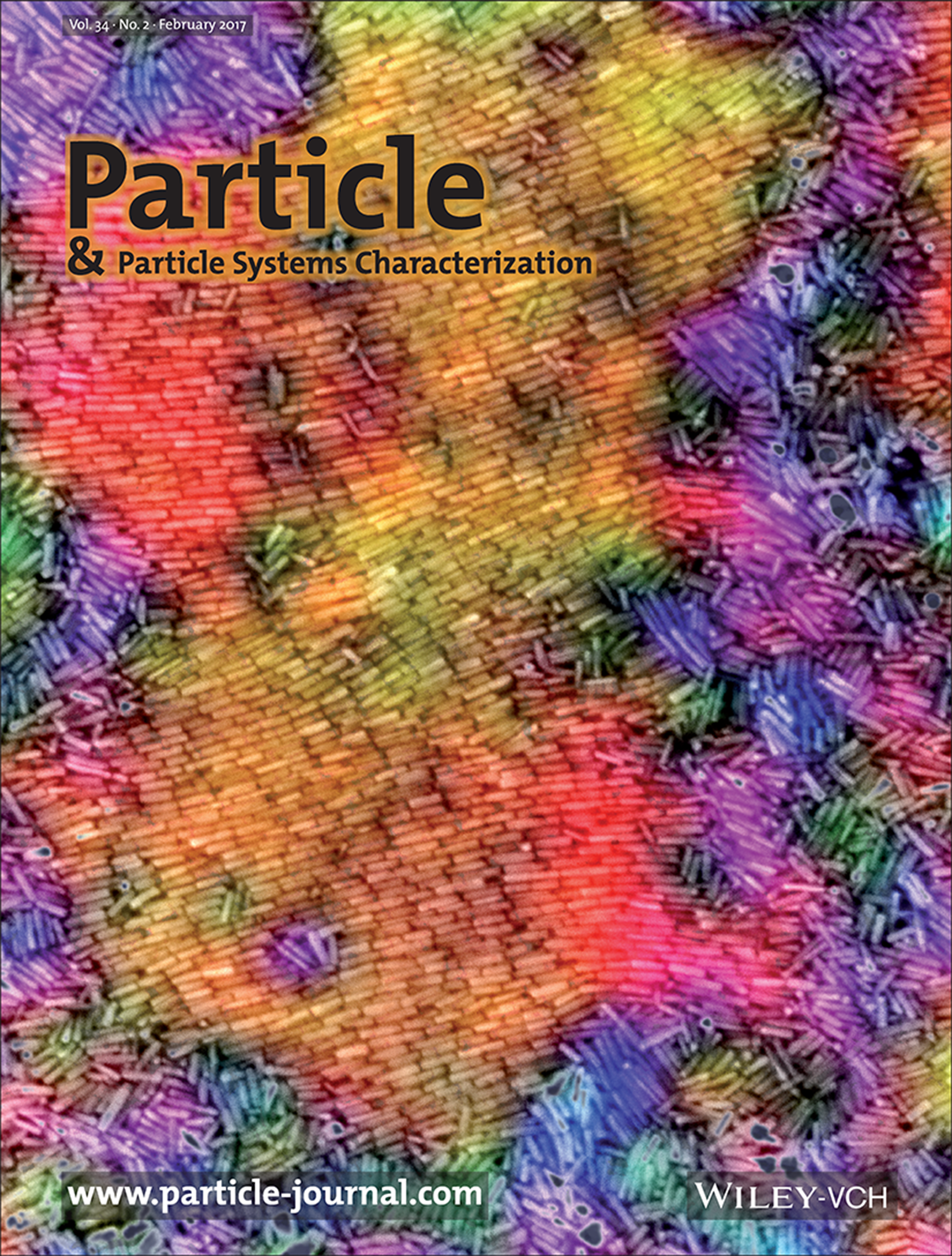
Order and Defects in Ceramic Semiconductor Nanoparticle Superstructures as a Function of Polydispersity and Aspect Ratio
Melanie Gerigk, Jochen Bahner, Tom Kollek, Stefan Helfrich, Rose Rosenberg, Helmut Cölfen, and Sebastian Polarz Part. Part. Syst. Charact. 2017, 34, 1600215 DOI: 10.1002/ppsc.201600215
Abstract: The supreme aim of nanoparticle-based materials is to achieve new properties extending over the features of individual constituents. The emergence of cooperativity necessitates precise positioning and orientation of nanoparticle ensembles. Thus, it is important to understand and learn how to control self-assembly processes of nanoparticles. Besides shape, the structural uniformity plays a key role for ordering in superstructures. Therefore, it is challenging to synthesize nanorods with narrow polydispersity. An analysis of the systematic variation of aspect ratio and polydispersity is missing. A series of zinc oxide nanorods is presented and it is shown that their formation resembles step-polymerization with an amorphous precursor state as a monomer and polar ZnO particles as entities capable of growing. The width of nanorods is kept constant (15 nm) and the length is varied between 20 and 100 nm, as well as improving the polydispersity of the nanorod length from 36% to 10%. Best samples have been achieved by post-preparative treatment using gradient centrifugation. A method has been developed for semiquantitative evaluation of orientational order. Ordering in structures formed by quasispherical particles is always low despite low polydispersity. For rod-like nanoparticles with increasing aspect ratio, superstructure order depends on the occurrence of different defects, which correlate differently to nanoparticle polydispersity.
